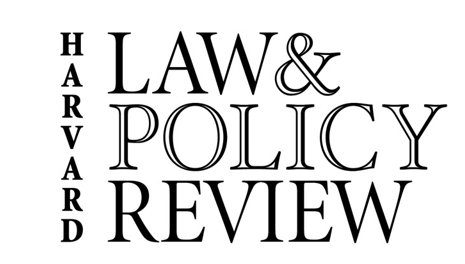By Ana Choi In commemoration of the 50th anniversary of the Voting Rights Act, HLPR has published a new article in which Ryan P. Haygood exposes the damage caused by Shelby County in the past two years. Fifty years ago today, the landmark Voting Rights Act of 1965 (“VRA”) was signed into law. The VRA was one of the crowning achievements of the civil rights movement, and for the next several decades, it played a crucial role in the fight against discrimination and the advancement of voting …
Continue Reading about Fifty Years After the Voting Rights Act, Two Years After Shelby County →
